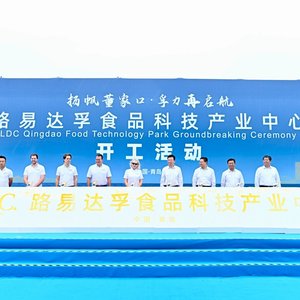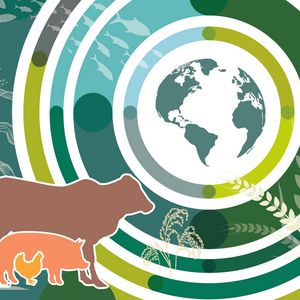IFFO publishes datasheet on Peruvian anchovy - the world’s largest industrial fishery
The International Fishmeal and Fish Oil Organisation (IFFO) has published the second in its new series of datasheets. The Production of Fishmeal and Fish Oil from Peruvian Anchovy describes the stock, fishing effort, processing and products of the world’s largest feed grade (industrial) fishery responsible for 25 to 30 per cent of global output of fishmeal and fish oil.
The most striking feature is the strength of the comprehensive management controls in place to protect the stock from over fishing. Each year the Peruvian marine research institute, IMARPE, conducts two or three detailed acoustic surveys of the fish population. Based on this information the Vice Ministry of Fisheries and Ministry of Production take a precautionary approach to regulating catches through controls which include closed seasons, net size restrictions, vessel licensing, catch quotas and restricted fishing areas.
For example, fishing stops during January, February and March to protect the growth of adult juveniles and again in from July/August to October to protect spawning stock. If juveniles exceed 10 per cent of the landings at a port, fishing is suspended. The names of both vessels authorised to fish and those prohibited from fishing are published daily on the Ministry Of Production web site. Boats fishing outside the 5 mile limit must be fitted with satellite tracking to enable government to monitor their movements. Only artisanal fishing is permitted within the 5 mile limit.
Quotas are promptly reduced in response to the periodic El Niño events, which cause short term reductions in stocks, and increased again only when the stock has sufficiently recovered. The Ethical Code of Conduct of SNP, the fishery companies’ trade organisation, includes strict compliance with regulations.
“The controls are science-based and imposed by a government determined to protect the stock and the resource,” says Jonathan Shepherd, IFFO Director General. “Very importantly, there is also third party monitoring and recording of compliance. “
The International surveillance company, SGS of Switzerland has been appointed and financed by the fishing industry to monitor and record all fish landings at 130 ports on the coast of Peru 24 hours a day for government management purposes. Only authorised vessels with the correct licences are permitted to unload.
“These datasheets are also an opportunity to correct some of the persistent misinformation and out-of-date figures quoted about feed grade fisheries,” said Mr Shepherd. ”Peru is an excellent example of a country which heeded earlier warnings on over fishing, conducted extensive research and introduced controls and third party surveillance. Equally Peru is responding to demand for food safety and traceability measures and the growing demand for high quality healthy fish oil rich in omega-3 for human consumption.
“The fishmeal and fish oil industry is often criticised as diverting fish from human consumption, but it is both government policy and commercial good sense to ensure that as much of the fish as possible does go for direct human consumption. The fishmeal industry has invested in canning and freezing anchovy for human consumption and President Alan Garcia is encouraging the supply of processed anchovy to low income Peruvians as part of his programme to reduce malnutrition. However, this still remains a small share of the total catch reflecting low demand,” added Mr Shepherd.
The IFFO datasheets are published in both Spanish and English. Copies of the Peruvian Anchovy data sheet and the first in the series on (US) Gulf Menhaden can be ordered free of charge from secretariat@iffo.net and downloaded from the IFFO web site. IFFO Members will all receive copies directly.










